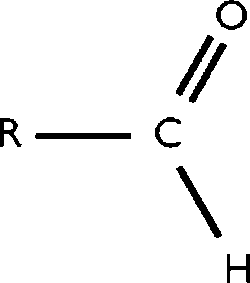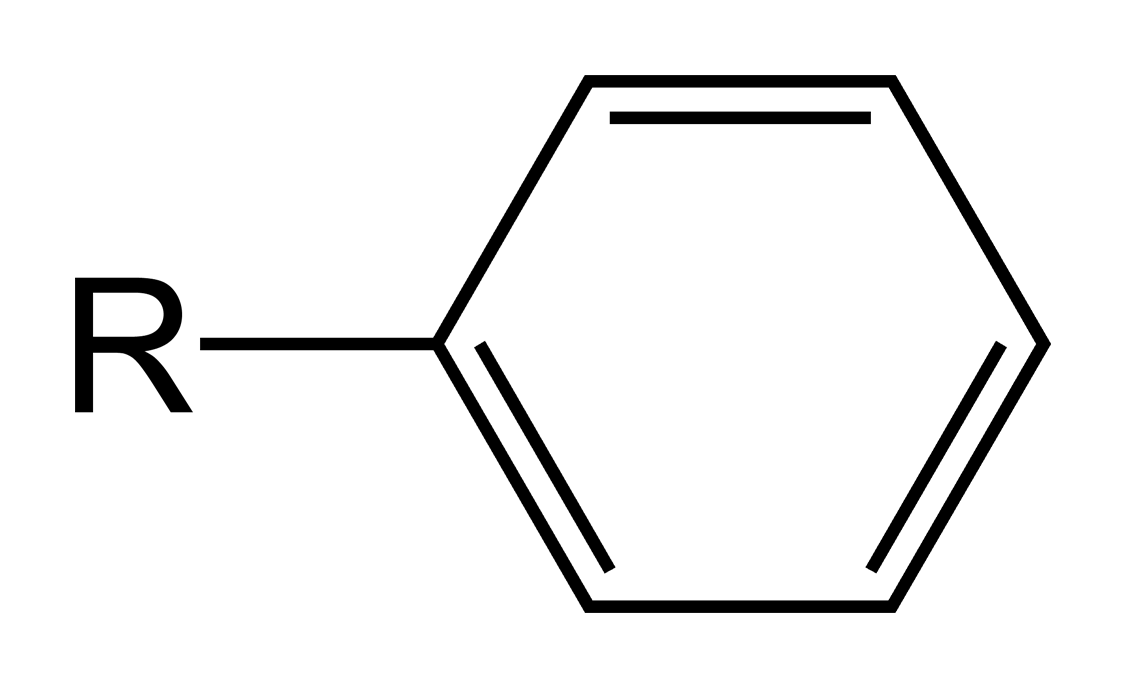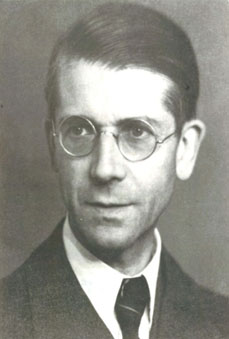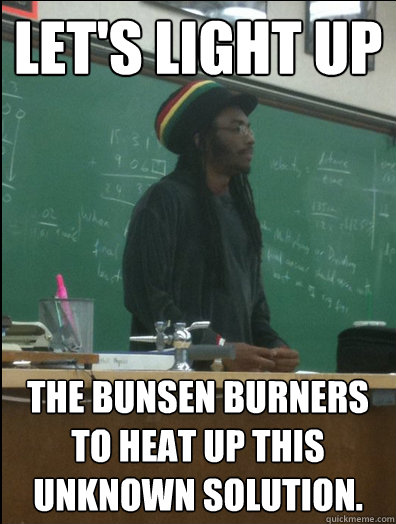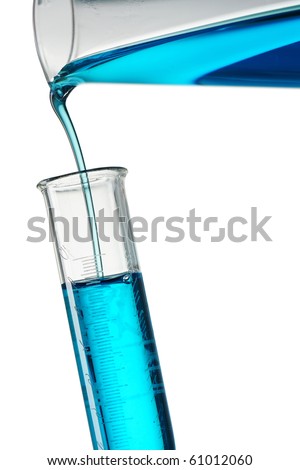so we've learned a new way that most of the reactions accur don't use up all of the reactant but will be some left over.
For example when i have 40 speakers and 10 mics. Provided that to make a head set, you need 2 speakers and 1 mic. So for the amount I have before, i can only make 10 headsets right? And of course there will be 20 speakers left.
So does in the reaction, usually it's not used all of the amount of reactant to form product. That's why today we learn how to calculating that left over.
During my review for the HORRIBLE TEST, i just realized a very helpful strategy to solve this problem without any concern. HERE YOU GOOOO:
So i'm gonna get a problem in the review sheet.
If 15 grams of Cu (II) Chloride react with 20 grams of NaNO3
a/ Write balanced equation (c'mon EASIIIIIIIIIIIII)
b/ What is the limiting reagent
c/ How much NaCl can be formed ?
I BELIEVE THAT WHEN YOU SOLVE THIS PROBLEM PRECISELY, YOU’RE GONNA BE ABLE TO SOLVE ALL THE OTHER PROBLEMS.
CuCl2 + 2 NaNO3 à Cu(NO3)2 + 2 NaCl
Mole in equation: 1 2 1 2
Mole actually reacted 0,1 0,2 0,1 0,2
So basically you calculate the mole from the question. Because they’ve given you the mass of both reactants so you can calculate it.
Mole CuCl2 : 15/135 = 0,1 moles
Mole NaNO3: 20/85 = 0,24 moles
After this, you would have to compare between 2 moles above by getting the ratio between that and the mole in equation.
So: 0,1/1 < 0,24/2 => the theorical mole of NaNO3 is larger than CuCl2 à we can easily say that CuCl2 is the limiting quantity.
From this, please forget about the mole of excess (NaNO3) cause we can only use the limiting moles to calculate thing. Plug it into your equation and calculate the other moles by their coefficient.
c/ in order to calculate the excess mole, you just get the mole just calculated from the given information (0,24) subtract by the mole that actually reacted (0,2) then you can get 0,04 mole of left over.




